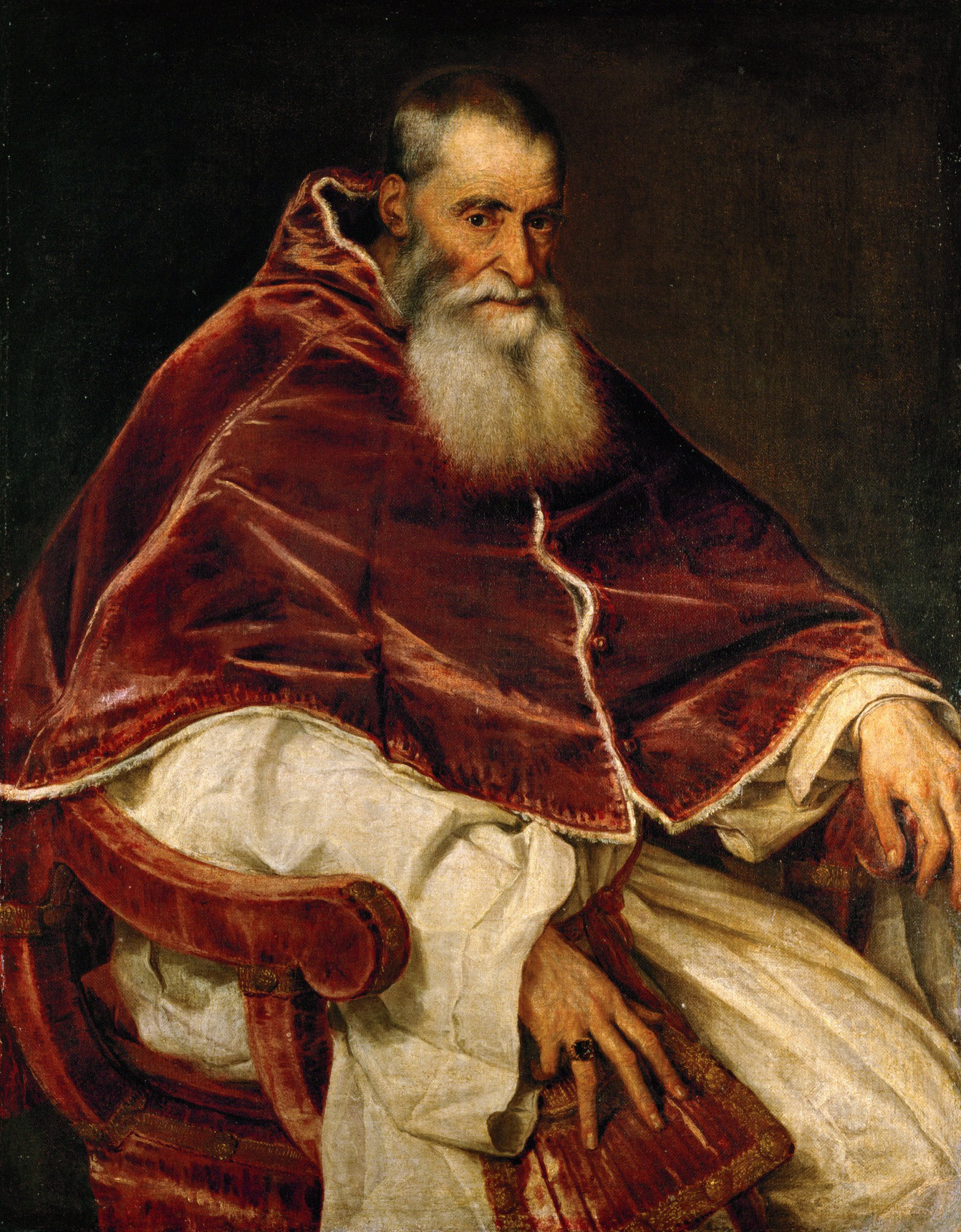Titian, << TIHSH uhn >> (1487?-1576) was a Venetian painter of the Italian Renaissance. During his long career, which lasted about 70 years, he became one of the most influential and successful painters in the history of art.
Titian’s works include portraits and paintings of myths and religious scenes. He developed a style that strongly influenced European painting for more than 200 years. Titian used bright colors, applied his paint in bold brushstrokes, and made one color seem to blend into another. This style of painting influenced many great artists, including El Greco, Rembrandt, and Peter Paul Rubens.
Titian painted portraits of royalty and aristocrats. He portrayed his subjects as elegant but spirited. Titian skillfully showed the human side of his subjects through facial expressions and gestures. The works of many great portrait painters, including Sir Anthony Van Dyck and Diego Velazquez, show his influence.

Titian was born in Pieve di Cadore, near Venice, Italy. His real name was Tiziano Vecellio. Titian moved to Venice as a boy to study painting. He was apprenticed to two artists, Gentile Bellini and then to his brother Giovanni Bellini. Titian’s early works show the influence of Giovanni Bellini and of his artist friend Giorgione.
About 1515, Titian began to produce masterpieces. Titian’s success led most of Europe’s leading art patrons to buy and pose for his paintings. Titian’s clients included Holy Roman emperors Charles V and Ferdinand I, Pope Paul III, King Philip II of Spain, and many of the most important Italian nobles. Titian died on Aug. 27, 1576.
